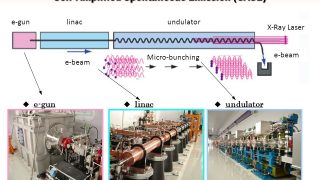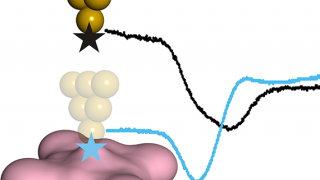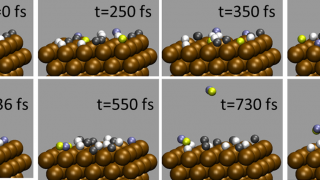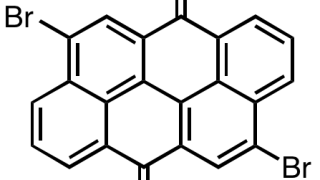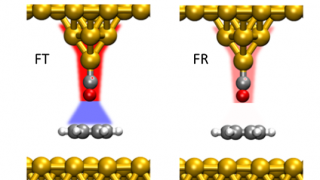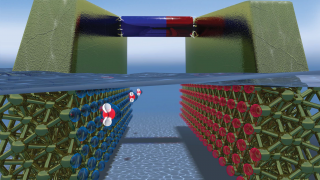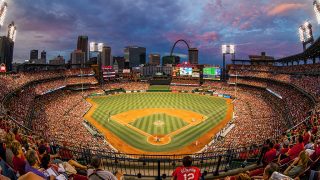
The size of atoms, uncertainty and relativity
Condensed matter • Physics • Quantum physics • Theoretical physics
You may have read somewhere that atoms are actually made up mostly of empty space. The usual description goes more or less as follows. At the centre of each atom there is a very tiny nucleus, which carries all of the positive charge and nearly all of the mass of the atom. Surrounding the nucleus […]

